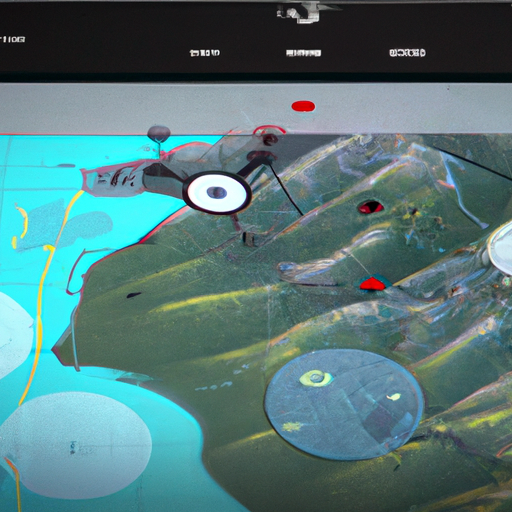Elevating Open-Source Intelligence: Harnessing Google Earth and Google Lens for Advanced OSINT
Introduction
Open-Source Intelligence (OSINT) is the collection, analysis, and dissemination of information from publicly available sources. OSINT has become increasingly important in recent years, as the internet has made it easier to access and share information. However, the sheer volume of data available can make it difficult to find relevant information. This is where tools like Google Earth and Google Lens come in. In this article, we will explore how these tools can be used to elevate OSINT and provide valuable insights.
Google Earth
Google Earth is a virtual globe, map, and geographical information program that was originally called EarthViewer 3D. It was created by Keyhole, Inc., which was acquired by Google in 2004. Google Earth allows users to explore the world from their computer or mobile device. It provides satellite imagery, aerial photography, street maps, 360-degree panoramic views of streets, and more.
Google Earth can be used for OSINT in a variety of ways. For example, it can be used to:
- Identify and map locations of interest
- Visualize and analyze geographic data
- Track changes over time
- Identify patterns and trends
Let’s look at some examples of how Google Earth has been used for OSINT.
Example 1: Identifying and Mapping Locations of Interest
In 2014, a group of researchers used Google Earth to identify and map the locations of North Korean prison camps. They used satellite imagery to locate the camps and then used Google Earth to create a map of the camps. This information was then used to raise awareness about the human rights abuses taking place in North Korea.
Example 2: Visualizing and Analyzing Geographic Data
In 2017, a group of researchers used Google Earth to analyze the impact of climate change on the Arctic. They used satellite imagery to track changes in the Arctic ice cover over time. They then used Google Earth to create a visualization of the changes, which helped to illustrate the severity of the problem.
Example 3: Tracking Changes Over Time
In 2018, a group of researchers used Google Earth to track changes in the Syrian conflict. They used satellite imagery to track the movement of troops and the destruction of buildings over time. This information was then used to create a timeline of the conflict, which helped to provide a better understanding of the situation on the ground.

Google Lens
Google Lens is an Image Recognition technology developed by Google. It allows users to search for information about objects in the real world by taking a picture of them. Google Lens can identify objects, landmarks, and even text. It can also provide information about products, such as reviews and prices.
Google Lens can be used for OSINT in a variety of ways. For example, it can be used to:
- Identify and verify information
- Extract text from images
- Identify objects and landmarks
- Provide additional information about products
Let’s look at some examples of how Google Lens has been used for OSINT.
Example 1: Identifying and Verifying Information
In 2019, a group of researchers used Google Lens to verify the authenticity of a video that purported to show a missile attack on a Saudi Arabian airport. They used Google Lens to identify the type of missile in the video and then compared it to known missile types. This information was then used to verify the authenticity of the video.
Example 2: Extracting Text from Images
In 2020, a group of researchers used Google Lens to extract text from images of COVID-19 test results. They used Google Lens to scan the images and extract the text, which was then used to analyze the results. This information was then used to track the spread of COVID-19.
Example 3: Identifying Objects and Landmarks
In 2021, a group of researchers used Google Lens to identify objects and landmarks in images of protests in Myanmar. They used Google Lens to identify the types of weapons being used by the military and to identify the locations of the protests. This information was then used to provide a better understanding of the situation on the ground.
Conclusion
Google Earth and Google Lens are powerful tools that can be used to elevate OSINT. They provide valuable insights into the world around us and can be used to identify and analyze information from publicly available sources. By harnessing the power of these tools, researchers and analysts can gain a better understanding of complex issues and provide valuable insights to decision-makers. As the world becomes increasingly interconnected, the importance of OSINT will only continue to grow, and tools like Google Earth and Google Lens will play an increasingly important role in the collection and analysis of information.




